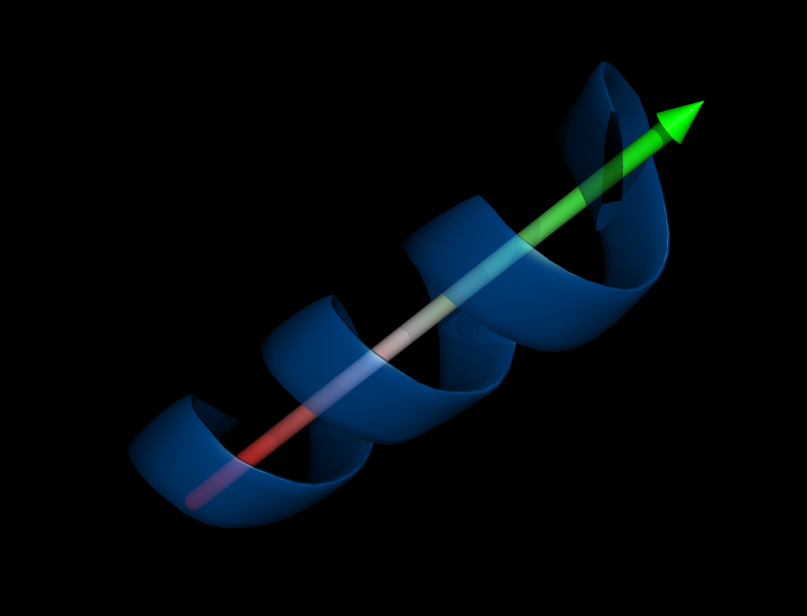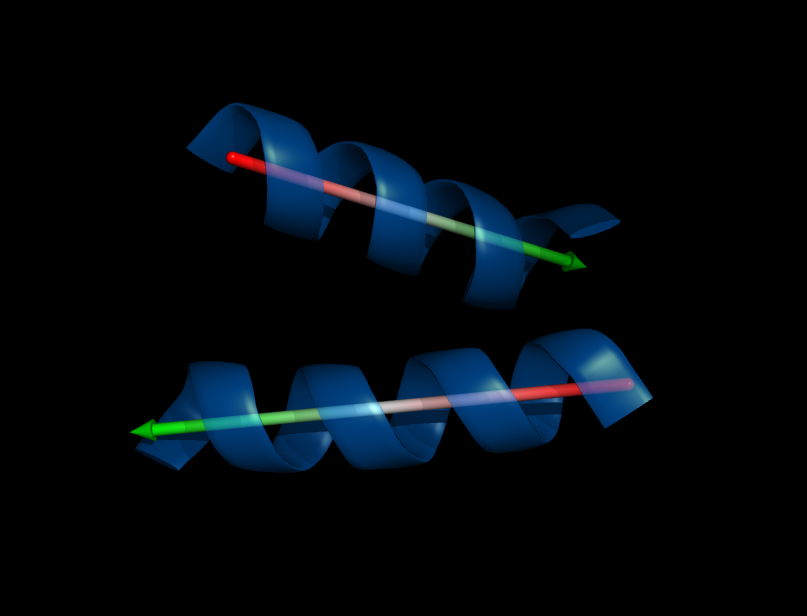AngleBetweenHelices: Difference between revisions
Jump to navigation
Jump to search
| Line 50: | Line 50: | ||
</syntaxhighlight> | </syntaxhighlight> | ||
= | == Python Code == | ||
This code has been put under version control. In the project, [http://www.pymolwiki.org/index.php/Git_intro Pymol-script-repo]. | |||
For a color coded view: | |||
https://github.com/Pymol-Scripts/Pymol-script-repo/blob/master/anglebetweenhelices.py | |||
See the raw code or download manually, by right clicking the following link here -> Save as: anglebetweenhelices.py | |||
https://raw.github.com/Pymol-Scripts/Pymol-script-repo/master/anglebetweenhelices.py | |||
[[Category:Plugins]] | [[Category:Plugins]] | ||
[[Category:Structural_Biology_Scripts]] | [[Category:Structural_Biology_Scripts]] | ||
Revision as of 12:48, 3 December 2011
Calculate angle between alpha-helices or beta-sheets. There are four different methods implemented to fit a helix, two of them also work for sheets or loops.
Commands
helix_orientation selection [, visualize [, sigma_cutoff [, quiet ]]]
helix_orientation_hbond selection [, visualize [, cutoff [, quiet ]]]
loop_orientation selection [, visualize [, quiet ]]
cafit_orientation selection [, visualize [, quiet ]]
angle_between_helices selection1, selection2 [, method [, visualize [, quiet ]]]
Example
import anglebetweenhelices
fetch 2x19, async=0
select hel1, /2x19//B/23-36/
select hel2, /2x19//B/40-54/
# just calculate/visualize orientation of single alpha-helix
helix_orientation_hbond hel1
# get angle between two helices
angle_between_helices hel1, hel2
angle_between_helices hel1, hel2, method=1
angle_between_helices hel1, hel2, method=2
# get angle between beta-sheets
select sheet1, A/47-54/
select sheet6, A/146-149/
angle_between_helices sheet1, sheet6, method=loop_orientation
angle_between_helices sheet1, sheet6, method=cafit_orientation
Output:
PyMOL>angle_between_helices hel1, hel2, method=cafit_orientation
Using method: cafit_orientation
Angle: 145.08 deg
Python Code
This code has been put under version control. In the project, Pymol-script-repo.
For a color coded view:
https://github.com/Pymol-Scripts/Pymol-script-repo/blob/master/anglebetweenhelices.py
See the raw code or download manually, by right clicking the following link here -> Save as: anglebetweenhelices.py
https://raw.github.com/Pymol-Scripts/Pymol-script-repo/master/anglebetweenhelices.py

